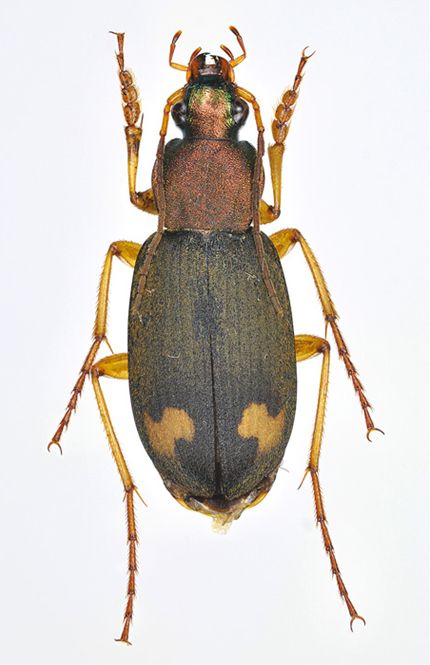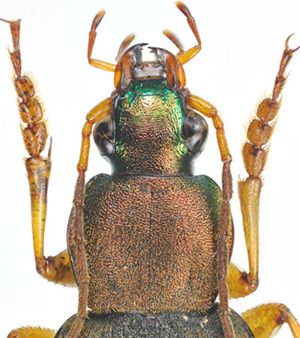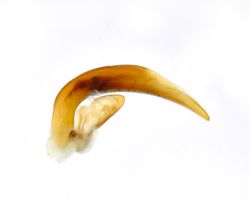| Ecology |
They prefer hard disturbed paddy levee (Lee et al. 2008), They temporarily appear grassland in early stages of succession created by hard disturbance (Lee and Ishii 2009a), grassland (Inoue 1952a, Kasahara and Nishiyama 1990), farm field (Inoue 1952a, Okutani et al. 1971, Inoue 1979a), bank (Inoue 1952a, Togashi 1986, Aono 1988), paddy levee (Inoue 1974c, Inoue 1975a, Inoue 1976a, Inoue 1977a), paddy field (Inoue 1974d, Inoue 1977c, Yahiro et al. 1992, Yahiro 2007, Lee et al. 2008), bank, paddy field, grassy wetlands and dry field from flatland to low mountain (Inoue 1977d), crop field (Inoue 1952a, Inoue and Hanada 1979), apple orchard (Koyama and Yamada 1980), riverbed (Terada 1983, Ishii et al. 1996, Ishitani et al. 1997, Lee and Ishii 2009, 2010), vineyard (Yano et al. 1989, Togashi and Ohbata 1995), forest adjoinig agroecosystems (Yahiro et al. 1990), meadow (Tanaka 1991a), grassland along mountain trail (Tanaka 1991b), grassland adjoining to paddy field (Tanaka 1991a, 1991b), grassland in the bank (Tanaka 1991b), grassland in the riparian bank (Tanaka 1991b), field of Setaria italica and Echinochloa esculenta (Togashi and Koh 1992c), woods (Sunose 1992, Sunose and Kurosawa 1992), forest edge (Sunose 1992, Sunose and Kurosawa 1992), slope of mound (Sunose 1992, Sunose and Kurosawa 1992), fallow field (Sunose 1992, Sunose and Kurosawa 1992), forage crop field (Ishitani et al. 1994), upland field (Kimoto and Yasuda 1995, Hiramatsu 2004), waste land (Kimoto and Yasuda 1995), relatively dried grassland and woods in riverbed (Kimoto and Yasuda 1995), secondary forest of Alnus sieboldiana (Ishitani 1996), secondary forest of Pinus densiflora (East Japan Research Group of Carabid Beetles 1989, Ishitani 1996), riverbed (Ishitani 1996), rape field (Ishitani 1996), forest (Suttiprapan and Nakamura 2007), pasture (Kagawa 2008), orchard (Kagawa 2008), coppice forest (East Japan Research Group of Carabid Beetles 1989, Taniwaki et al. 2005, Matsumoto 2008), adult (Inoue 1953l, Tanaka 1991a), June (Inoue 1953l), summer (Tanaka 1991b, Ishitani et al. 1994), wild silkworm (Matsumura 1897), maggot (Matsumura 1897), wireworm (Matsumura 1897), snail (Matsumura 1897), earthworm (Matsumura 1897), grub (Matsumura 1897), sawfly? (Matsumura 1897), larvae of Parnara guttata (Nakai 1904, Kotake 1908, Nawa 1917, Nawa 1937), armyworm (Kotake 1908), leafroller (Kotake 1908), larvae of Mamestra brassicae (Nawa 1920, Yokoyama 1929, Hori 1935, Izumi 1951, Inoue 1952a), Ostrinia scapulalis (Yamanashi Nat. Agr. Exp. Sta. 1937, Koo 1940), Glyphodes pyloalis (Yokoyama 1929), Bombyx mori (Yokoyama 1929), flying in night (Inoue 1952a), attracted by black-light trap (Habu 1975c), come to the ligts (Suda 1980, Inoue 1977d, Kasahara and Nishiyama 1990), In breeding season they often fly (Tanaka 1991a), they move to their preferring environment seasonally (Tanaka 1991a), changing active time by existence of cover plants or not (Tanaka 1991a), collected by light trapping (Inoue 1974c, Inoue 1974d, Inoue 1975a, Inoue 1976a, Inoue 1977a, Inoue 1977c, Inoue and Hanada 1979, Aono 1988, Yahiro 1997, Suttiprapan and Nakamura 2007, Yahiro 2007) |
 |
| 






